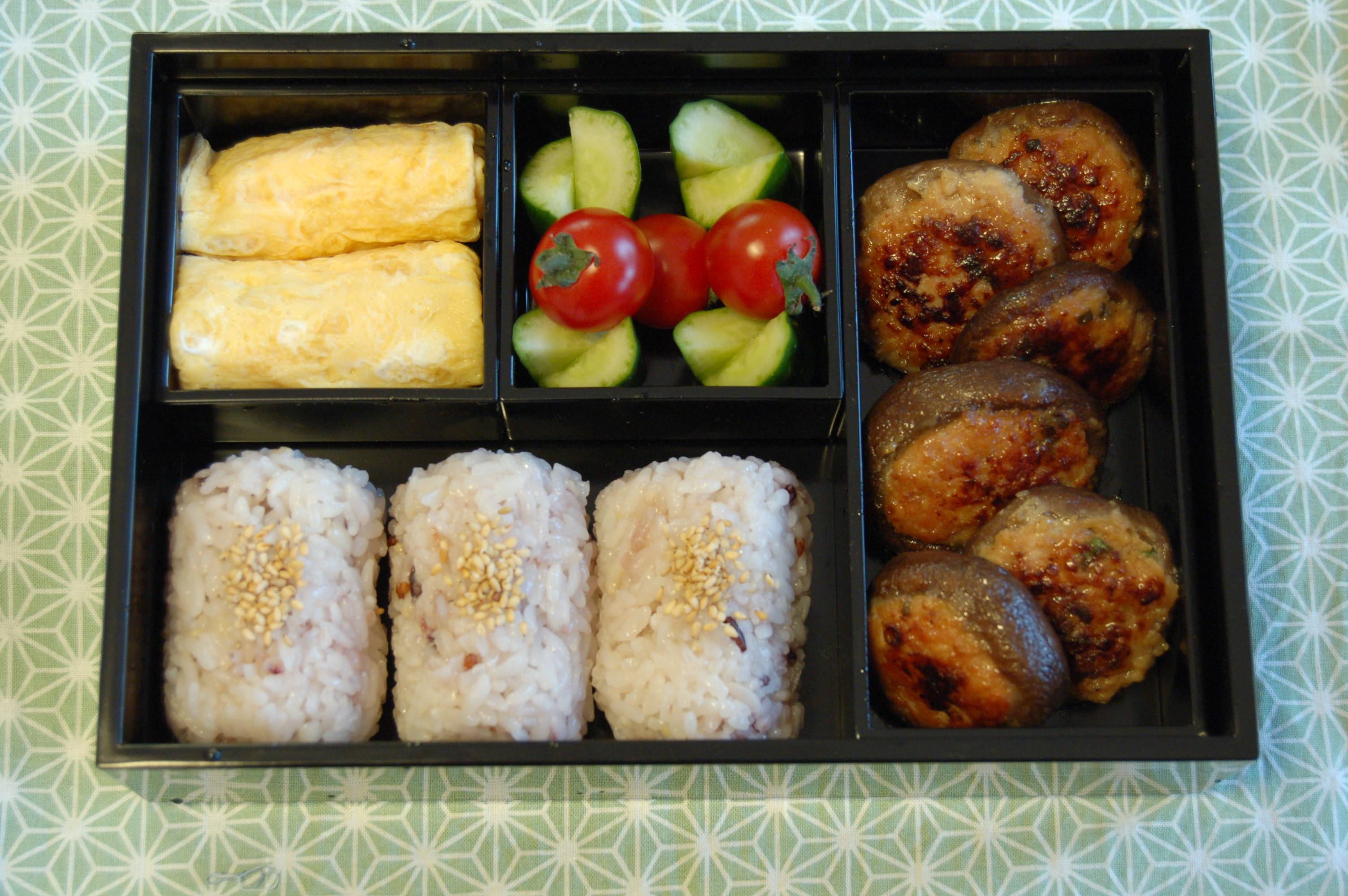Most Japanese bento include rice, often pressed into easy-to-eat shapes. When that ubiquitous rice is coaxed into bite-sized cylinders, the meals become known as makunouchi (literally translated as “between the acts”) bento, a reference to their Edo-period origin as intermission eats for kabuki audiences.
Makunouchi bento remain popular today, with reasonably priced ones sold at nearly every convenience store and upscale versions available at depachika (basement-level food halls in department stores).
To coax cooked rice into cylindrical bundes, it’s convenient to use rice molds. Look online or in the housewares section of department stores for these handy tools. Inexpensive ones made of plastic cost only a few hundred yen, while wooden molds are sturdier and more eco-friendly but cost a bit more (about ¥1,500).



















With your current subscription plan you can comment on stories. However, before writing your first comment, please create a display name in the Profile section of your subscriber account page.